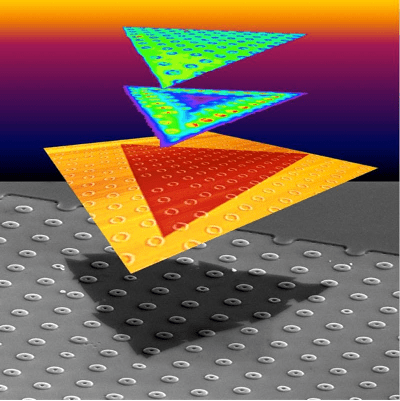Department of Energy’s Office of Science (BES) highlights our work with ORNL

Image courtesy of Oak Ridge National Laboratory
… Scientists use chemical vapor deposition to deposit WS2 films on substrates that have first been lithographically patterned with three-dimensional features such as trenches and tori (donut shapes).
The team has developed a model that explains that the accelerated crystal growth caused by the strain is because of an increase in the number of sites at which new particles are deposited during film growth (nucleation). When the height of the donut or trench is too high (above 40 nm), the strain becomes too high, and the films crack to release the strain.
– See more at energy.gov
Related:
- Rice News: Microscopic ‘donuts’ a treat for quantum tech
- K. Wang et al., “Strain tolerance of two-dimensional crystal growth on curved surfaces”, Sci. Adv. 5, eaav4028 (2019)


 bulk quantities of just about any carbon source into valuable graphene flakes. The process is quick and cheap; Tour said the “flash graphene” technique can convert a ton of coal, food waste or plastic into graphene for a fraction of the cost used by other bulk graphene-producing methods.
bulk quantities of just about any carbon source into valuable graphene flakes. The process is quick and cheap; Tour said the “flash graphene” technique can convert a ton of coal, food waste or plastic into graphene for a fraction of the cost used by other bulk graphene-producing methods.